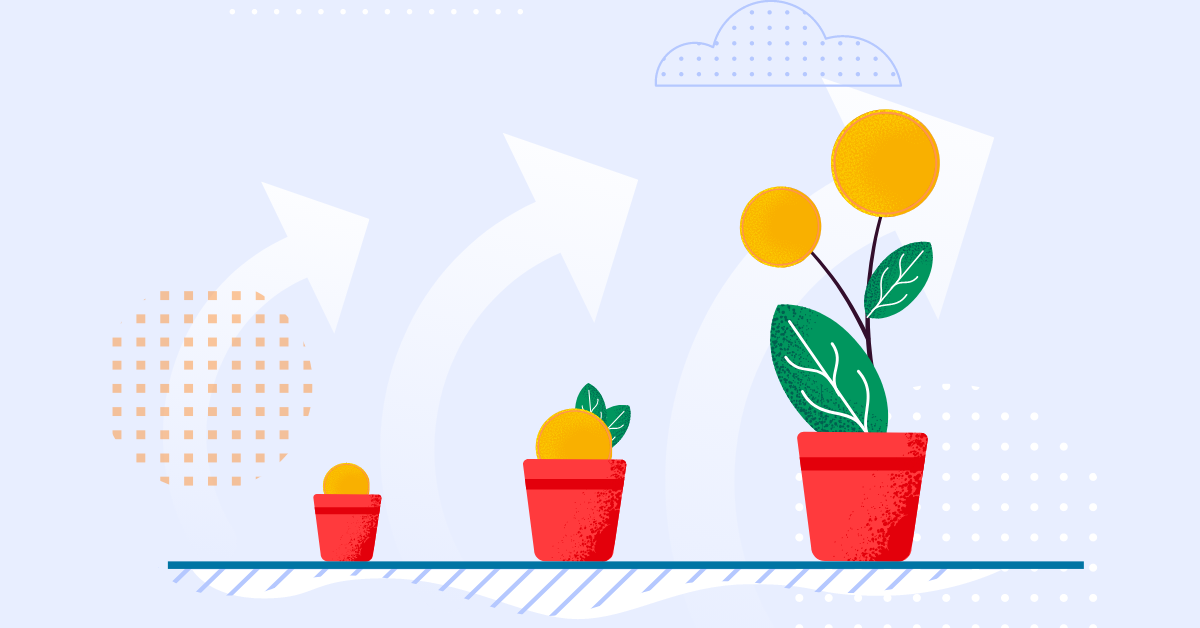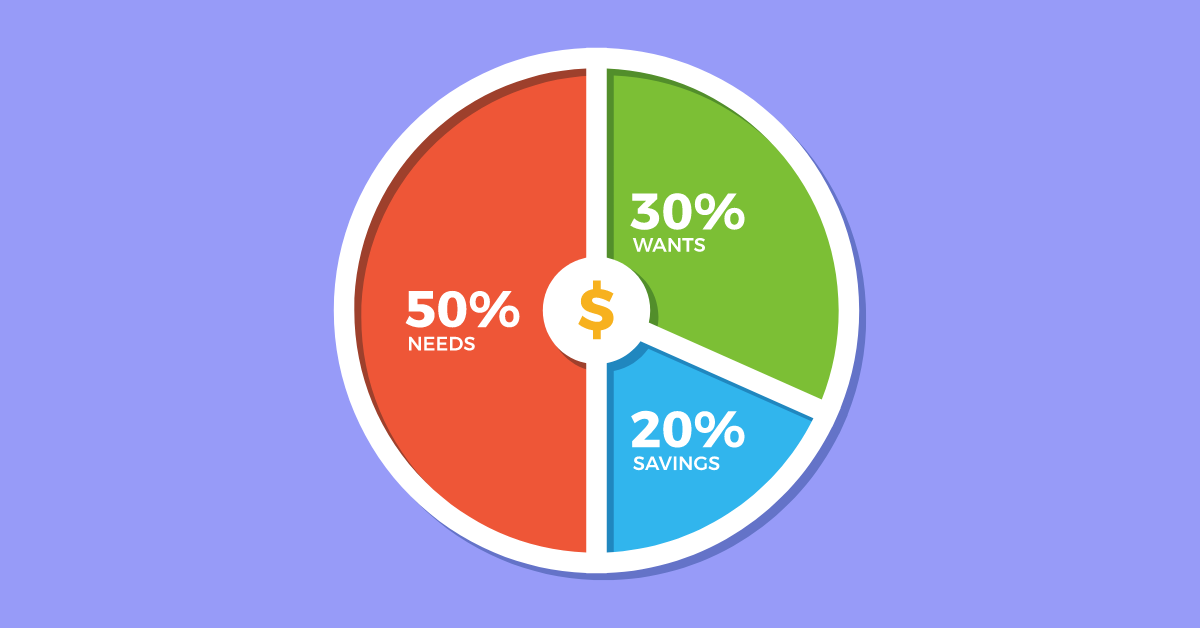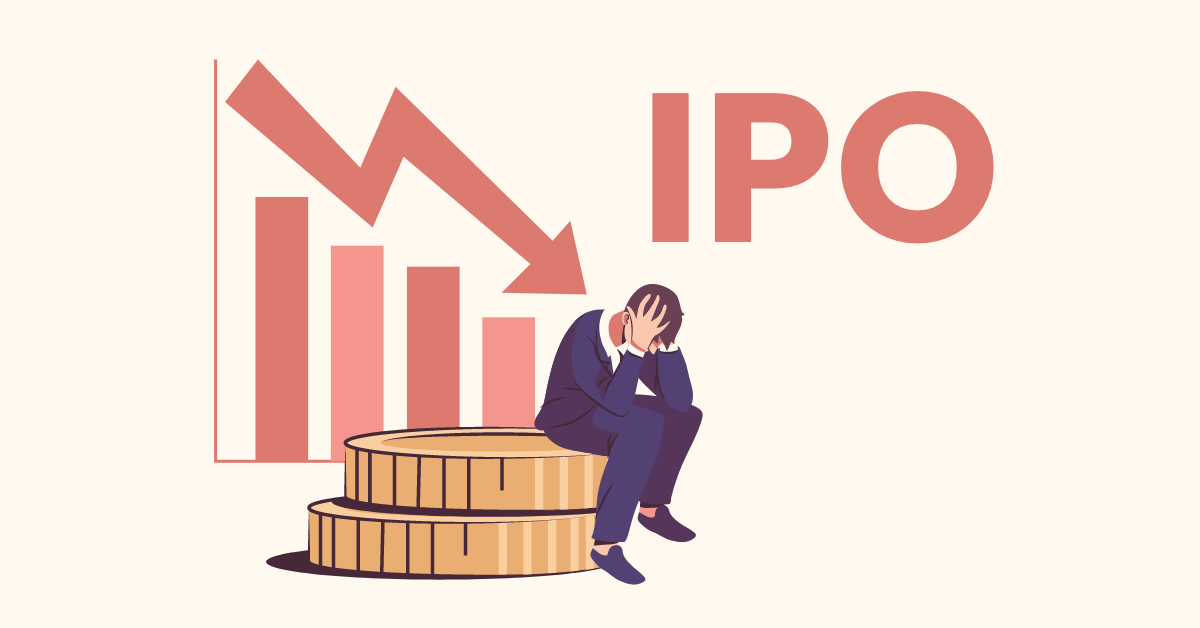When prices rise, the quantity of a set of goods you can buy with your money will decrease. This fall in value is what we would be focusing on in this article. We’ll discuss how inflation can affect the value of savings and investment returns.
We discuss the meaning of inflation, inflation-adjusted returns, how retirement plans and investments are impacted by inflation.
What is Inflation?
Inflation refers to the rise in general price levels. The general price level is just an overall measure of prices at a point in time.
Inflation is sometimes defined as a fall in the value of money. For instance, if ₹100 could buy 10 kgs of potatoes in 2020 and in 2022, you can buy only 6 kgs of potatoes with the same money. Hence, the value of ₹100 has fallen. Why? Because of a rise in the price of potatoes.
Inflation is the same concept but with the general price level instead of the price of one single commodity.
How to Calculate Returns Adjusted for Inflation?
Investment advisors often talk about whether an investment’s returns beat inflation or not. What they are asking is: does the money in the fund grow faster than inflation erodes its value? If the inflation rate was higher than the returns, we could say that the investment has decreased in value.
A way to measure whether the returns are inflation-beating or not is by looking at the inflation-adjusted rate of return or the real rate of return of the investment.
The formula for the real rate of returns:
A widely used approximation of this formula is,
Real rate of return = Investment Rate of return – Inflation rate
What does the Real Rate of Return Tell us:
| Sign of the real rate of return | What it signifies |
| Positive | Inflation-beating returns |
| Negative | Returns less than inflation |
| Zero | Returns equal to the inflation |
Now that we have established a performance measure for assets that considers inflation, we can discuss how inflation affects savings and investment.
How Inflation Makes It Impossible to Save for Retirement
If you have been thinking about retirement plans, you may have noticed that saving for retirement is highly challenging. Maintaining the current lifestyle after retirement may not be possible with just one source of income. With high inflation wearing down on both the ability to save and the value of savings, retirement planning has naturally become more complicated.
Simply saving for retirement may not be possible, as the bank’s interest rate on the savings account is sometimes lower than the inflation rate. Thus, there is a good chance that your savings might lose some of their value by the time of retirement. A further rise in inflation would strengthen this effect.
Inflation also has a more direct effect on retirement plans. When prices rise, and your income stays constant, you won’t be able to save as much as you did before. This would, as a result, lower your retirement savings.
As saving for retirement is challenging, a person is limited to either finding a high performing retirement plan or investing for retirement by process of elimination.
These retirement savings shortfalls are well-documented. According to Max Life Insurance’s India Retirement Index Study, 4 out of 5 people fear their savings won’t last through retirement. This is alarming as the same study shows Indians give high importance to retirement planning.
41% of the respondents felt the need to start retirement planning along with other financial responsibilities, and 38% felt retirement planning should begin as soon as one starts earning.
Another disheartening figure that came out of the study was that savings of 56% of the respondents would last 10 years at the maximum.
Which Assets are Inflation Beaters?
Earning higher returns than the inflation rate should be the bare minimum an investor should expect from their investments. After all, no one wants to lose money after investing. Coming this far into the discussion, it should be clear that the aim is to earn positive real returns at the very least.
Our next task must be to narrow down which asset classes, i. e. gold, equity stocks, real estate, etc., have given inflation-beating returns.
Luckily we have an asset class performance heatmap with us. It tells us the returns acquired through each of the following asset categories on a calendar year basis:
- Gold
- Large-cap equity
- Mid-cap equity
- Small-cap equity
- Oil
- Real estate
- Government Securities
- Corporate Bonds
Since our purpose is to find the assets that regularly stay above the inflation line, we’ll add a red line representing the inflation rate of each corresponding year.
We cover 6 years of 2016, 2017, 2018, 2019, 2020, and 2021. The heatmap ranks the asset classes by order of performance. The numbers represent the rate of returns earned by each asset class in that calendar year. The red line represents the inflation rate.
Now we are ready to read the heatmap and find the asset classes that stayed above the inflation rate.
Observations
- All asset classes have shown returns below the inflation rate at some point in time
- Three asset classes topped the list: Small-cap equity, Oil and Gold
- Small-cap equity topped the rankings for 3 years but was at the last spot for the other 3 years
- Gold topped the list only in the year when returns were low all over
- Oil topped the list twice but has given negative returns just as many times
- Maximum no. of years above the inflation rate = 5
- Asset classes that were above inflation rate the most time: Gold, Corporate Bonds and Large-cap equity
Thus, we see that no category has stayed above inflation consistently over the last 6 years. Gold, large-cap equity stocks and corporate bonds gave the highest number of years above inflation: 5. However, it should be noted that getting into corporate bonds has its share of obstacles and risks. On the other hand, Gold topped the rankings only in 2018, when returns were low all over. Large-cap has been above the inflation rate for 5 consecutive years but not always by a significant margin.
So investors might need to diversify their funds across multiple asset classes. Instead of finding one type of asset, it might be a good idea to find a strategy that spreads the money across asset classes.
Investing via WealthBaskets
Since we have established the need for diversification across asset classes, we would like to bring your attention to WealthBaskets available on WealthDesk. On WealthDesk, you can find WealthBaskets for various investment strategies like growth investing, momentum investing, etc., and different investment objectives managed by SEBI registered professionals.
Check out our website for the various WealthBaskets.
What are WealthBaskets?
A WealthBasket is a collection of equity stocks and ETFs. Each WealthBasket has a specific investment idea behind it. SEBI-registered investment professionals make these WealthBaskets. Some attractive features of investing in WealthBaskets:
- All underlying equity stocks and ETFs are on your Demat account
- More clarity and transparency in investing
- Invest without a lock-in
- Apply regular rebalancing updates in your WealthBaskets
- Earn dividends directly in your own account
FAQs
Printing more money to solve problems like income inequality and poverty does not work. We would instead be left with the same problems as before and add inflation to the list. This is because the amount of money has increased and the number of goods and services has stayed the same. This just results in an increase in price.
Inflation can be caused by cost pushes or demand pulls. Cost pushes are when the prices of important raw materials rise, for example, rise in food, oil or labour prices. A rise in input prices will make production costly. Demand pulls are just increases in domestic demand. A rise in demand means more money is offered for the same amount of goods.
Central banks and governments try to control
inflation through reducing liquidity and fiscal
consolidation respectively. Liquidity reduction can
be done through hiking interest rates, increasing
reserve ratios requirements and open market
operations involving buying of securities by central
banks.
Fiscal consolidation is the
process of reducing the fiscal deficit. Since fiscal
deficit is increased for providing a boost to the
economy, consolidation is the act of pumping out the
excess steam out of the economy so it doesn’t
overheat. Consolidation is also done to reduce the
burden of interest payments.


















